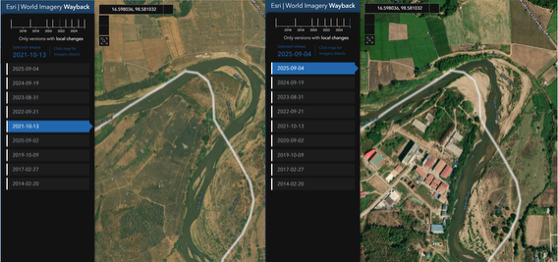Behavioral biometrics has evolved profoundly in the last decade. What started as the analysis of user behavior based on clicks, swipes and typing patterns has developed into a technology that relies on deep knowledge of neuroscience and cognitive analysis that ventures into the unchartered areas of the human mind.
The ability to distinguish between the good and the bad based on analysis of cognitive traits such as short-term and long-term memory and how that presents itself in human-device interaction requires more than just good machine learning models. Expertise in online user behavior as well as the psychology of cybercrime and social engineering is key for developing the models that produce highly accurate behavioral biometric profiling to detect fraud.
Building risk models that focus on identifying patterns for both legitimate users and cybercriminals offer unique insights that traditional fraud prevention tools do not. Here are three examples of ways that user behavior associated with the new account opening process can be used to identify fraud.
- Application fluency: How familiar is the user with the account application process?
- Low data familiarity: How familiar is the user with personal data?
- Expert behavior: Does the user display advanced computer skills compared to the general population?
Let’s take a deeper look at user behavior associated with low data familiarity. Behavioral insights that suggest low familiarity with data is a powerful indicator for detecting risk in the account opening process. According to BioCatch analysis, 64% of confirmed account opening fraud cases showed behaviors indicating lack of familiarity with data. When you start including other behavioral insights, you can see how powerful behavioral biometrics is in predicting the likelihood of fraud events.
It has become easier than ever for cybercriminals to spoof location, IP address and device attributes. Whether through publicly available tools or advanced malware, they are able to circumvent traditional identity proofing and fraud prevention controls to appear as a legitimate user. On the other hand, attempting to spoof someone’s physical and cognitive digital behavior is near impossible.
Learn more about the financial and business impacts of new account opening fraud, the effect on customer experience, and how behavioral biometrics can be used to reduce fraud risk and increase customer acquisition in digital onboarding.



